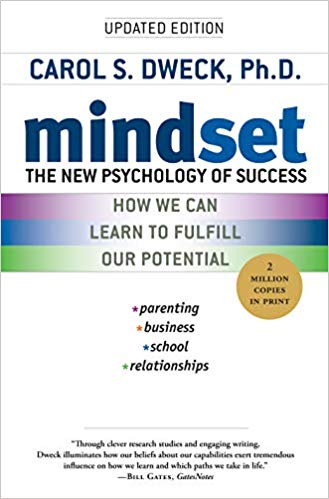

This article is an excerpt from the Shortform summary of "Mindset" by Carol Dweck. Shortform has the world's best summaries of books you should be reading.
Like this article? Sign up for a free trial here .
What can we learn from the ousted CEO of Scott Paper? How did Albert Dunlap’s fixed mindset hold his company back, and how can the rest of us avoid his mistakes?
Albert Dunlap is the former executive of Scott Paper. He considered himself a hero and savior of struggling companies.
We’ll briefly cover Albert Dunlap’s career at Scott Paper and examine why a fixed mindset is a bad quality in a leader. We’ll also look at the advantages of hiring with an eye for growth rather than talent.
Albert Dunlap’s Savior Complex
Albert Dunlap considered himself a superstar who saved dying companies, such as Scott Paper. He compared himself to Michael Jordan and Bruce Springsteen in star power. His fixed mindset developed in childhood when his family was poor and he felt the need to prove his worth. In his career, he used shareholder profits to do that. This short-term goal was Albert Dunlap’s only measure of success. He had no interest in strengthening companies for the long term, only in boosting the stock enough to sell them for a profit.
After taking over Sunbeam in 1996, Albert Dunlap fired 6,000 people and cut most stores. But in a sense, he was too successful — stock prices rose so much that the company was too expensive to sell. So he was stuck with running it. Instead of working hard and learning, he inflated revenue numbers, fired critics, and covered up the real numbers. In less than two years, the company failed and he was ousted.
Characteristics of Fixed-Mindset Leaders
Albert Dunlap put his personal interest in looking good above corporate interests at key points. Paradoxically, as the companies of people like Albert Dunlap barrelled toward disaster, these leaders felt invincible and entitled. As their companies faced real threats, they lived in an alternate reality. This was the problem with Albert Dunlap’s leadership.
Fixed-minded bosses also have a penchant for abusing employees. In his book, Brutal Bosses, Harvey Hornstein says that abusing others shores up a boss’s feelings of superiority, competence, and power. Skilling denigrated others, while those who worked with Levin compared him to Caligula. A former CEO of Sunbeam-Oster, Paul Kazarian, threw things at his executives. Fixed-mindset CEOs excuse this behavior by claiming to be perfectionists or wanting to keep people on their toes. Pleasing the boss becomes the employees’ priority.
Leadership and Mindset in Business
The mindset of a company’s leader is a key determinant of whether a company fails or succeeds. We’ve seen the proof in the fates of many companies, including Scott Paper under Albert Dunlap.
One of the most spectacular business failures in recent years was the collapse of the energy giant Enron in 2006. At the heart of Enron’s failure was a fixed mindset, an obsession with talent that blinded the company’s leadership to serious problems, and blinded investors and outsiders to the fact that the business was a house of cards destined to fall.
Business gurus of the time were insisting that corporate success required hiring with a “talent mindset.” It was touted as the key to beating the competition. Enron’s culture was built on this thinking. The company recruited big talent and paid handsomely for it. But because the company celebrated talent, employees felt they had to always appear highly talented in order to survive. Basically, everyone was forced into a fixed mindset, intent on proving their superiority. This was also a problem when Albert Dunlap led Scott Paper.
Since people with fixed mindsets can’t admit flaws, the company couldn’t acknowledge and correct its mistakes, which spelled its doom. Even after its failure, Enron CEO Jeffrey Skilling never admitted there was anything wrong, instead blaming others for not getting it.
Fixed-Mindset Leaders: Self-Proclaimed Heroes
In Jim Collins’ study of great companies in his book Good to Great, he found that the average companies that he included for comparison typically had CEOs with fixed mindsets. Fixed-mindset CEOs believed they were geniuses who didn’t need a strong executive team, just underlings to implement their ideas. These CEOs needed to be the big fish and to feel superior to everyone else.
They were concerned with looking superior and enhancing their reputations. Two-thirds had huge egos that held their company back or led to its failure. Leaders like Albert Dunlap eventually ran their companies into the ground.
———End of Preview———

Like what you just read? Read the rest of the world's best summary of "Mindset" at Shortform . Learn the book's critical concepts in 20 minutes or less .
Here's what you'll find in our full Mindset summary :
- The difference between a growth and a fixed mindset
- How a fixed mindset keeps you back throughout your life: education, relationships, and career
- The 7 key ways to build a growth mindset for yourself






